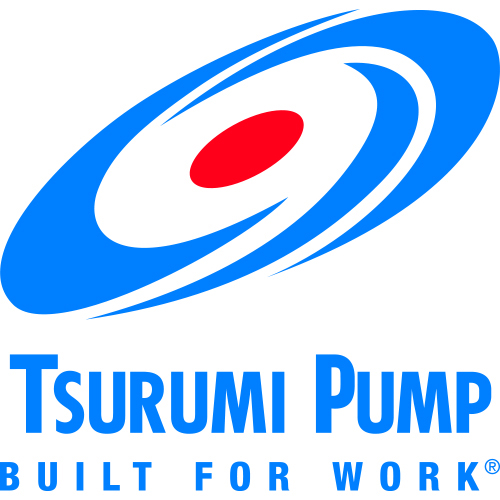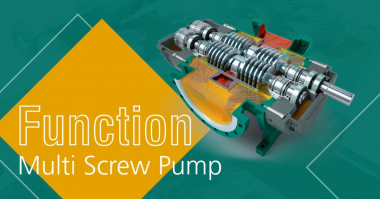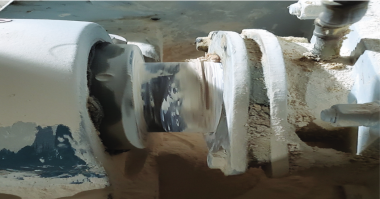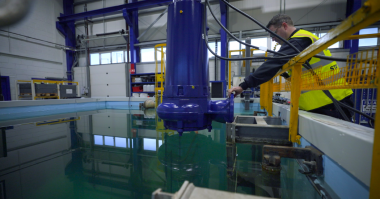Tsurumi manufactures some of the best quality submersible pumps in the world. However, that does not mean that every one of our pumps are the best for every situation. It is important to know how to choose not only the correct pump style, but also the correct size pump for your specific application.
There are literally dozens of designs and applications from which to choose. With so many options, how can buyers be sure of purchasing the right industrial pump for the job? The first step is to know all the critical aspects of your application as it relates to the pump.
If you feel an electric submersible pump is the correct pump style for your application, we can move on to a list of some of the criteria for choosing the correct size and model of electric submersible pump:
What is being pumped? A standard DEWATERING pump is designed to pump clean water. These pumps typically have a top discharge with a flow-thru design that allows the water to cool the motor and allow for continuous operation at low water levels. A TRASH pump, however, will have a side discharge and is designed to pump sand, solids, and debris with minimal wear and clogging. DRAINAGE pumps are designed to pump clean water down to ground level for complete drainage of flat surfaces. So, it is important to know…
Is the water clean or will solids be present?
What is the maximum size of solids that need to be pumped?
Are the solids compressible or not? Stringy?
How low do I need to pump down to?
What rate of flow is required for the application (in gallons per minute)?
Submersible water pumps are designed to operate in a specific operating range of how much capacity they will pump while overcoming the total dynamic head pressure (TDH) of the discharge system. This range is charted on a graph, and is referred to as the pump’s performance curve. If a pump is put into a system that it is improperly sized for (performing too far left or right of the curve), you can end up with no flow, or the pump will run unbalanced and cause premature failure.
Where is the water being pumped to? The TDH of a pump system is the total height that a fluid is to be pumped (in feet), taking into account friction loss (measured as an equivalent, in feet) that a volume of water loses from travelling thru a certain size and distance of pipe and fittings. Therefore it’s important to know…
What is the total distance from pump to where the water is being discharged?
What is total vertical height the pump is required to lift the water?
Is there existing piping the pump will connect to? If so, what size is it?
Operation
Do I need the pumps to start/stop automatically based on water level?
Power Requirements
Is the proper voltage available to run the pump?
Do I have a circuit available that can handle the amperage that this pump will draw?





It’s a good idea to ask if the water will be clean or have solids because some pumps aren’t meant to deal with solids. I just need a pump for my well so I’m pretty sure the water won’t have solids in it. Should I get a pump that can handle it just in case?
I appreciate you talking about how there are gas and electric pumps. As I see it, taking the time to assess your needs carefully can help you choose the machine that uses the fuel or power that is easier to get in your area. It is important to remember that doing research can help you choose a store that has quality items and can help you pump the liquids you want to work with properly.